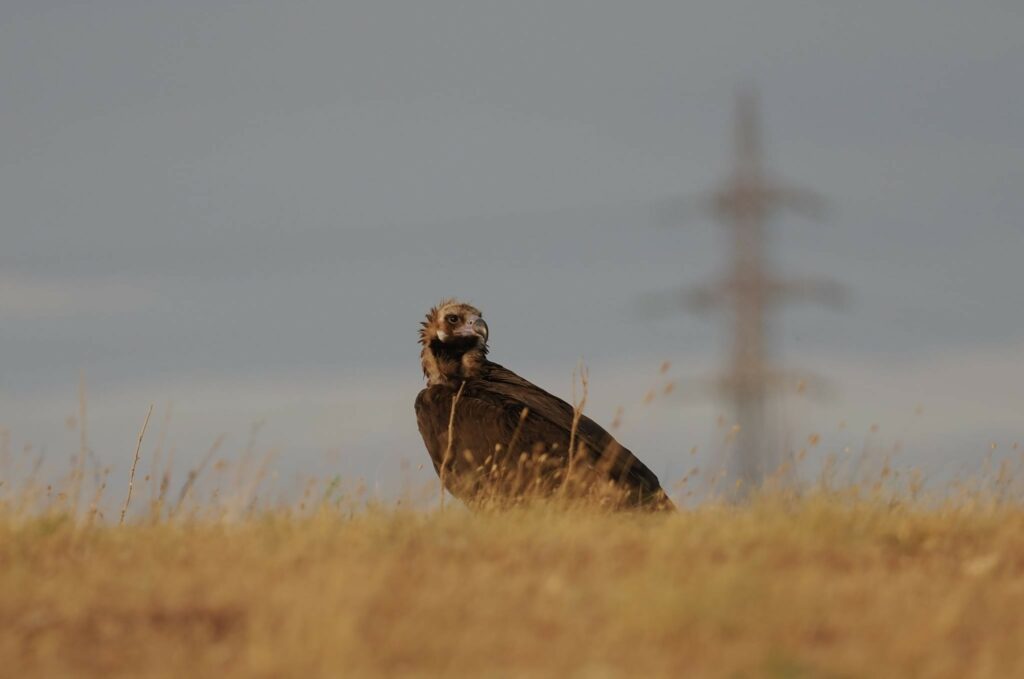
The Medi Ambient agents in Mallorca have made a surprising discovery — they recorded for the first time in Mallorca a Cinereous Vulture pair nesting on rocks rather than on top of trees, which is where the species typically built their nests on the island. Even though the discovery did, in fact, take place last year, there has been a significant development.
Cinereous Vulture pair successfully nests on rocks
Cinereous Vultures in Mallorca typically nest in pine trees by the sea cliffs of the Serra de Tramuntana, always looking for isolated places to breed in peace and quiet. Last year, the agents of Medi Ambient detected an event that had never been documented before on the island: the construction of a Cinereous Vulture nest on the rocks. During the previous breeding season, the pair in question managed to even lay an egg, but it did not hatch. This year, however, it’s a different story as the parents laid an egg once again and it hatched, with the nestling developing well so far.
Cinereous Vulture Breeding Season
The Cinereous Vulture has the longest breeding period of all birds of prey in Europe. It nests in old forests on remote wide treetops, and sometimes in cliffs or even on the ground. The species build huge nests on pine or oak trees that can reach a diameter of up to 254cm and a height of 129cm, although they are typically smaller. Breeding pairs lay only one egg each season from late February to the first half of March, and the incubation of the egg typically lasts about 55-60 days but can vary. At the end of April to mid-May, the chick hatches. The parents take care of the chick for around 100-115 days until it fledges and leaves the nest in late August to early September.
Cinereous Vultures in Mallorca
The Cinereous Vulture population in Mallorca has suffered a dramatic decline due to many threats, and in the 80’s it reached a new low, with 20 birds remaining. Thankfully, over the last four decades, their population multiplied by 10, with an estimate of around 200 Cinereous Vultures on the island, including approximately 35 breeding pairs nesting in the Serra de Tramuntana. Several factors contributed to this increase over the last decades, namely the control of the use of poisons, the provision of food for the vultures, the establishment of good practices in the local livestock farms, the protection of nests to avoid disturbance and release of birds to restock the local population.




